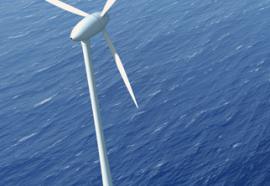Vendor Neutral
(October 2011) Wind Capital group selects RMT Inc. to design and construct wind energy facility; MEMC Electronic Materials, Inc. and SunEdison acquire Fotowatio Renewable Ventures; Solar Community and Reliant Energy team up to offer financing options; KEMA selects Green Energy Corp.’s software; Leviton unveils commercial electric vehicle charging stations; plus announcements and contracts involving Science Applications International Corp., Tantalus, FirstEnergy Nuclear Operating Co. and others.







